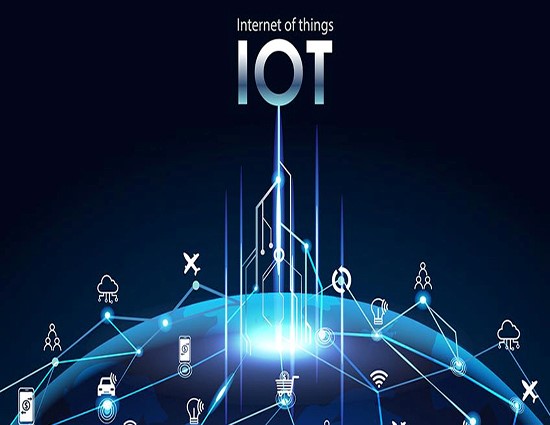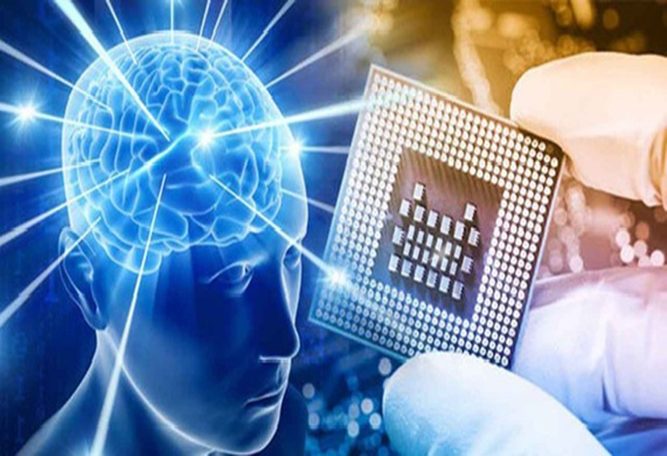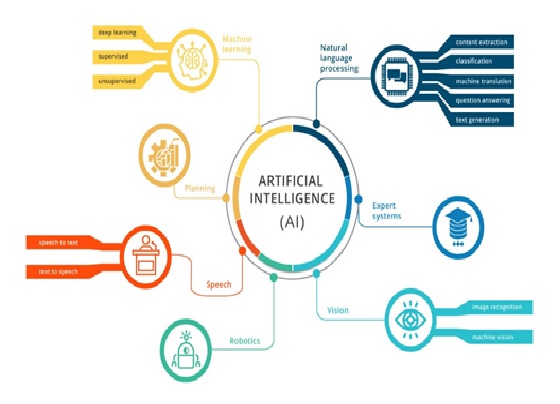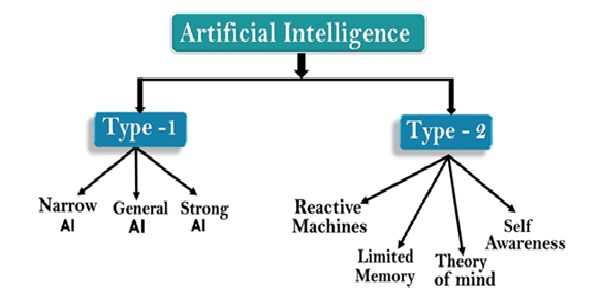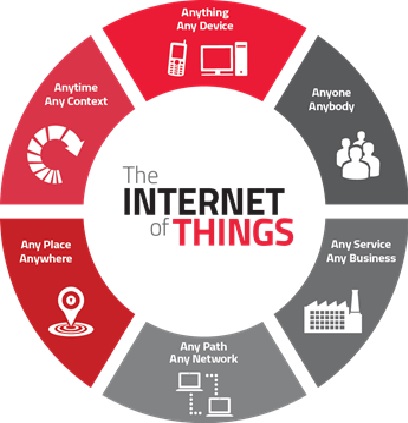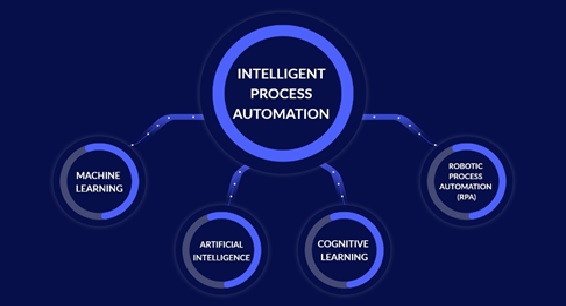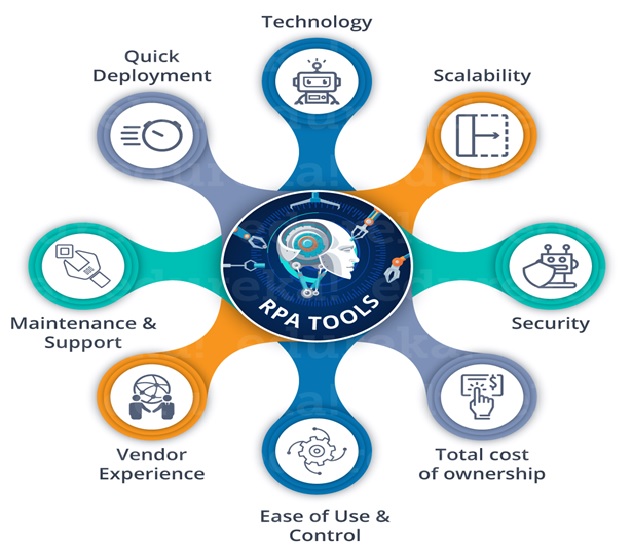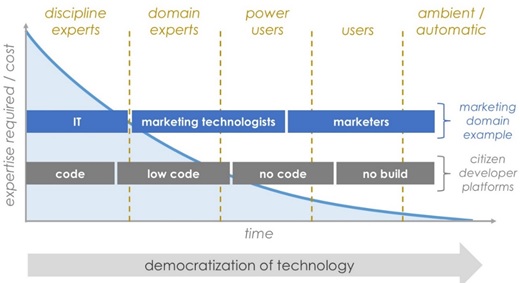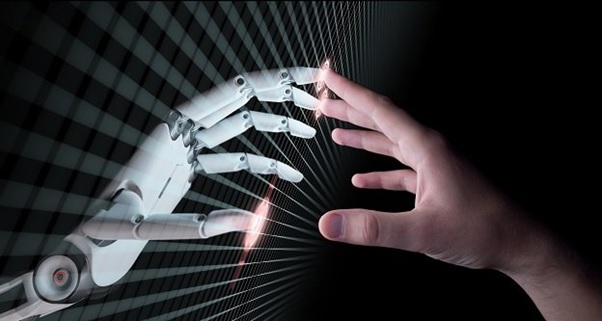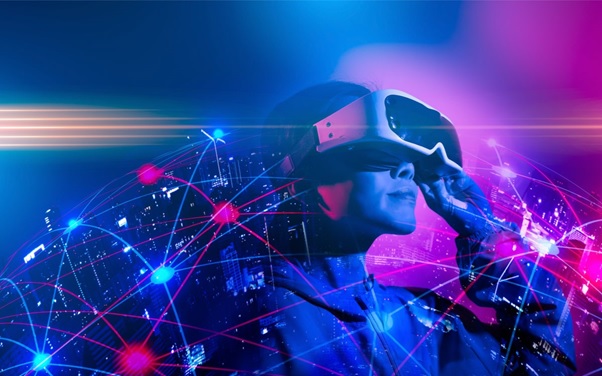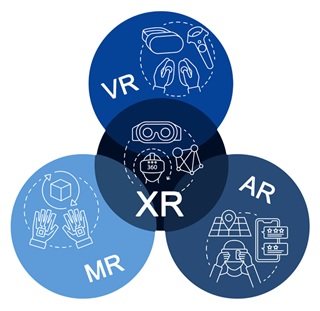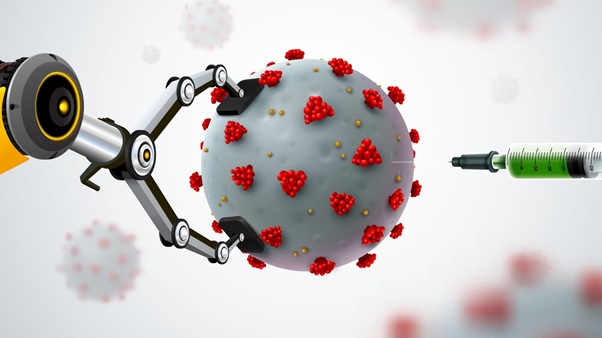The Difference: Robotic Process Automation (RPA) and Artificial Intelligence (AI)
While the RPA is mostly process-centric, AI is data-driven. Let me help you with an example. When RPA helps in retrieving and downloading the invoice sent to the customers, the AI algorithms are designed to help out in the relevant data extraction such as invoice number, product description, etc., [1] and manage the variability.
Artificial intelligence (AI) and Robotic Process Automation (RPA) are two of the most successful technologies for organizations to achieve the seemingly incompatible goals of increasing customer satisfaction and employee morale while reducing operational costs as shown in figure 1.
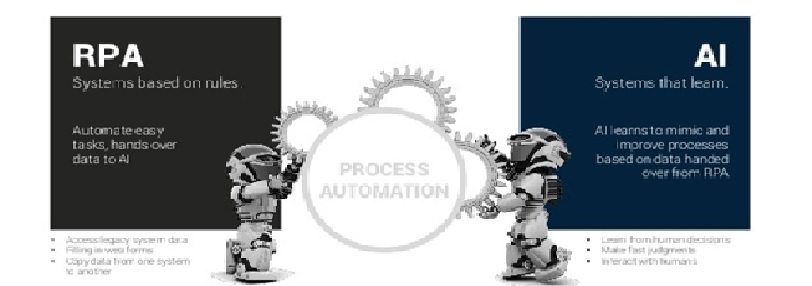
Figure 1: The Role of RPI and AI in Process Automation
It would be wrong to say that either of these intelligent technologies will be needed by the companies alone. [2] Both their credibility and functionalities are requisite for smooth functioning. However, having said that, let us now see when do we specifically look for RPA and when for AI.
One reason for this is lack of consensus is that RPA technologies and use cases to this point haven’t been all that “intelligent.” RPA can do a great job of handling repetitive, rules-based tasks that would previously have required human effort, but it doesn’t learn as it goes like, say, a deep neural network. If something changes in the automated task – a field in a web form moves, for example – the RPA bot typically won’t be able to figure that out on its own.
Still, there’s definitely a relationship between RPA and AI, [3] even if you’re in the camp that thinks RPA does not actually qualify as AI. And that relationship is growing.
Most of the tedious workflows might look too easy for RPA, nonetheless, in more dynamic work environments, RPA will need cognitive capabilities in order to manage highly complicated issues. And, once it is equipped with AI, [4] RPA will render massive opportunities for the companies in the following ways:
- It will help in tackling high-volume data and lead to super-automatic and data-driven work processes that would no longer consume a ton of time, like was the case previously.
- This, in turn, will substitute human interventions to aid in managing bots and streamlining unstructured data.
- In the end, the employees can zero in on more on the business decisions rather than carrying out the same mundane, manual tasks that took away most of their time in their calendar. Now, they can focus on something rather productive instead.
Regardless, after you have chosen and automated the first layer of simple processes, it is now time to see those workflows that have been tagged as ‘super complicated’ for the RPA alone to carry out. [5] And these are your candidates for AI:
- The workflows in which the outcomes cannot be forecasted right from the beginning, such as the number of support tickets that will be raised by the customers, product defaults, etc.
- AI can be used where the processes are highly variable and do not rely on a clear-cut set of rules, such as purchase decisions, language translation, etc.
- It can also be deployed on the processes that rely on unstructured data from documents, images, videos, emails, and articles, such as speech to text conversion, invoice extraction, etc.
The importance of an enterprise platform with both AI and RPA
As much as we love RPA, there’s a ceiling on how efficient you can be when you limit yourself to flowchart-friendly process automation.
On the flip side, if you only integrate AI, [6] you lack the infrastructure and lifecycle support to scale and face slow integration and scaling.
That’s why choosing a vendor that offers both—like UiPath—helps you overcome gaps between departments, processes, and verticals and take advantage of the scaffolding of RPA when rolling out AI capabilities.
We make the integration of AI and RPA painless by handling integration for you and building on the RPA capabilities already native to our Platform.
While other companies work only with the underlying data layer and don’t support the full duplex of communication between front-end apps, the UiPath Platform lets you seamlessly drop in machine learning models using the underlying foundation of RPA.
References:
- https://www.smartkarrot.com/resources/blog/rpa-robotic-process-automation-vs-ai-artificial-intelligence/
- https://www.nice.com/rpa/rpa-guide/rpa-ai-and-rpa-whats-the-difference-and-which-is-best-for-your-organization/
- https://www.uipath.com/blog/automation/ai-rpa-differences-when-to-use-them-together
- https://www.javatpoint.com/rpa-vs-ai
- https://enterprisersproject.com/article/2019/8/rpa-robotic-process-automation-vs-ai-explained
Cite this article:
S. Nandhini Dwaraka (2021), Intelligent Process Automation (IPA) vs Robotic Process Automation (RPA), AnaTechMaz, pp. 8


